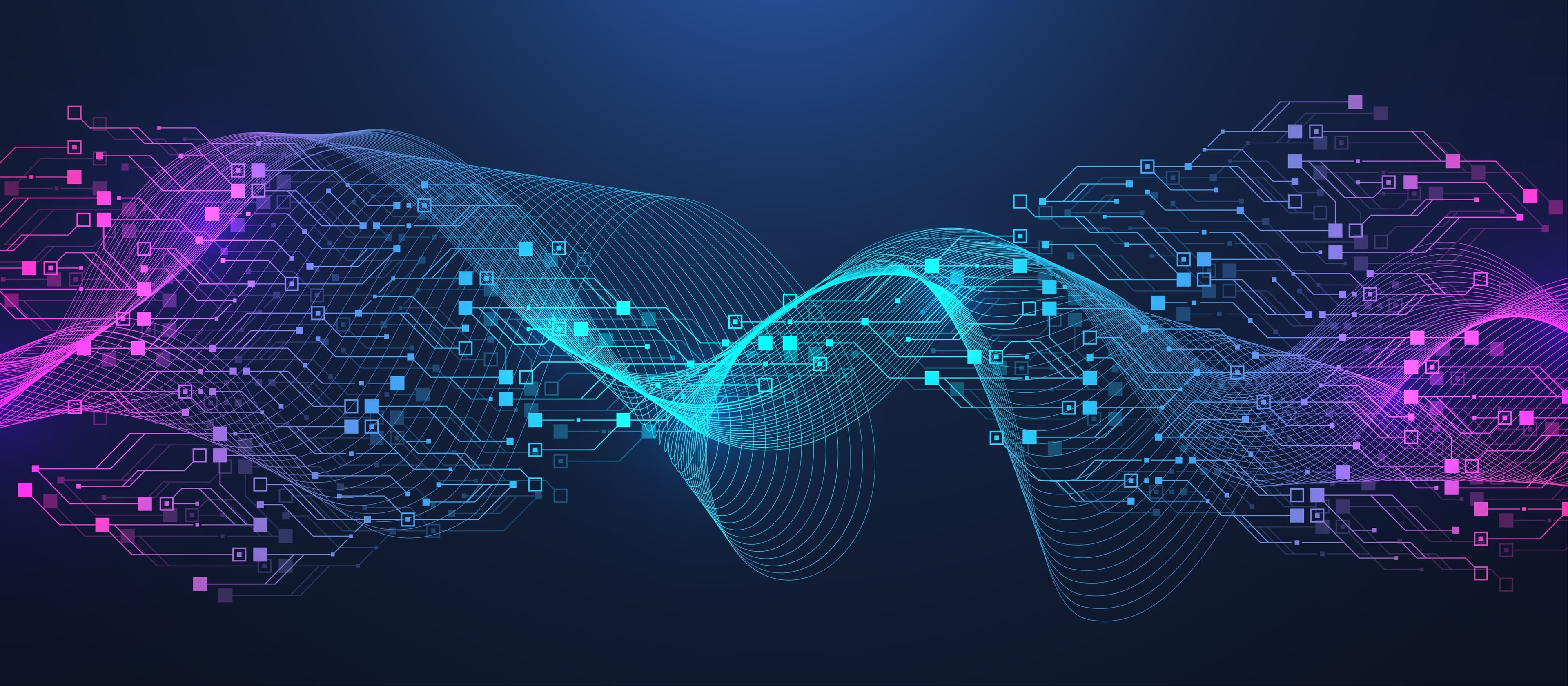Black Hat 2025: Key Takeaways and the Future of AI in Cyber Threat Intelligence

Senior Director, Product Marketing, Cyware

If anyone still wasn’t sure, Black Hat 2025 confirmed that agentic AI is no longer just an emerging concept in cybersecurity; it's a central force reshaping the industry's operational paradigm. This year’s conference marked a clear progression from traditional automation tools toward the strategic rise of semi-autonomous, agentic AI-powered threat intelligence platforms. This transformation represents not merely a technological upgrade but a rethinking of how we defend against sophisticated cyber threats in an increasingly complex digital landscape.
The Current State: Agentic AI's Strategic Integration
Black Hat 2025 showed that we are experiencing an agentic AI hype cycle in full force, and for good reason. From sessions to security vendors to pure-play AI companies, the leading theme at this year's conference was agentic AI. While this wasn't entirely surprising, it confirmed what many industry observers are thinking while revealing deeper strategic implications.
My key observations from the conference reveal three critical dynamics that will define the next phase of cybersecurity evolution:
Agentic AI is Everywhere, But Implementation Varies
Every facet of agentic AI in cybersecurity was explored at the conference, from how autonomous AI models and LLMs can advance defense capabilities, to real-world implementations in operational tools, to the growing dialogue around multi-agent architectures and fully autonomous systems. This breadth of discussion suggests one of two things: either the industry is still some distance from embedding agentic AI into mature security solutions, or there are vast opportunities for autonomous agents to help tackle the diverse cybersecurity challenges organizations face today.
What's particularly notable is the expansive scope of agentic AI applications being explored. This diversity in approaches, while creating market fragmentation, also indicates the technology's vast potential for autonomous operations across multiple security domains.
Tooling Maturity and Agentic AI Adoption
An interesting dynamic emerged across the vendor landscape regarding agentic AI implementation strategies. The predominant message from established enterprise security vendors positioned general "AI" capabilities within existing solution frameworks, emphasizing incremental enhancements to proven technologies. In contrast, the agentic AI approach was predominant in the startup vendor cohort, building solutions from the ground up with autonomous decision-making and self-directed operations at their core.
This divergence will be critical to monitor, as it may represent either coincidental messaging or a meaningful dynamic in cybersecurity solutions. Established vendors may be taking a more cautious approach to autonomous operations, while startups leverage agentic AI as a competitive differentiator to challenge incumbents. This dynamic will likely drive innovation as established players accelerate their agentic AI capabilities to compete with more nimble entrants.
Cybersecurity Messaging Confusion Around Agentic AI
The collective messaging for cybersecurity continues to overwhelm security teams looking for better tooling, and agentic AI is adding another complex layer to digest. Terms like "agentic AI," "autonomous agents," "AI," and "agentless" are all appearing at the headline level, creating a confusing landscape for security leaders evaluating new technologies.
The proliferation of agentic AI-branded solutions requires security professionals to develop sophisticated evaluation frameworks that look past the hype and clearly understand where and how agentic AI is applied to solve specific challenges. Organizations must focus on clearly defined use cases for autonomous operations, measurable outcomes from agentic AI implementations, and integration complexities rather than being swayed by technological novelty alone.
The Evolution of the Security Professional in an Agentic AI World
This agentic AI transformation will fundamentally redefine the role of cybersecurity professionals. By automating data processing and routine response activities at machine speed and scale, agentic AI will liberate human analysts to focus on high-value strategic activities: advanced threat hunting, reverse-engineering novel malware families, assessing geopolitical threat landscapes, and developing organizational risk strategies.
This evolution creates a symbiotic relationship where agentic AI handles the volume and velocity challenges of modern cybersecurity through autonomous decision-making, while humans provide strategic oversight, creative problem-solving, and business context that autonomous agents cannot replicate. The security professional's role will evolve from reactive incident response to proactive business risk management, requiring new skill sets in agentic AI system management, autonomous agent oversight, and cross-functional business collaboration.
Implementation Strategy: A Journey Toward Autonomy
Transitioning to agentic AI operations is a strategic journey requiring careful planning and phased implementation. As agentic AI agents assume greater autonomous decision-making authority, organizations must establish comprehensive governance frameworks, including:
Clear policies defining agentic AI decision-making boundaries and escalation procedures
Robust oversight mechanisms for monitoring autonomous agent performance and decision quality
Integration protocols ensuring seamless collaboration between agentic AI systems and human operators
Continuous training programs to develop human expertise in agentic AI system management
The role of security leadership will evolve from hands-on tactical execution to strategic agentic AI system supervision, requiring new competencies in autonomous agent governance, risk assessment, and agentic AI portfolio management.
Conclusion: Preparing for the Agentic AI Landscape
Black Hat 2025 confirmed that organizations that begin developing their agentic AI integration strategies now, focusing on autonomous use case identification, agent governance framework development, and skill building for managing autonomous systems, will be positioned to capitalize on this technological shift rather than being disrupted by it.
The next twelve months will be critical for establishing the foundational capabilities necessary for successful agentic AI integration. As we look toward Black Hat 2026, I anticipate seeing the first generation of mature agentic AI implementations demonstrating measurable improvements in autonomous threat detection speed, independent response accuracy, and overall security posture through self-directed operations.
If you want to learn more about agentic AI in cyber threat intelligence and explore how it will transform the industry, get in touch with us.
About the Author

Patrick Vandenberg
Senior Director, Product Marketing, Cyware
